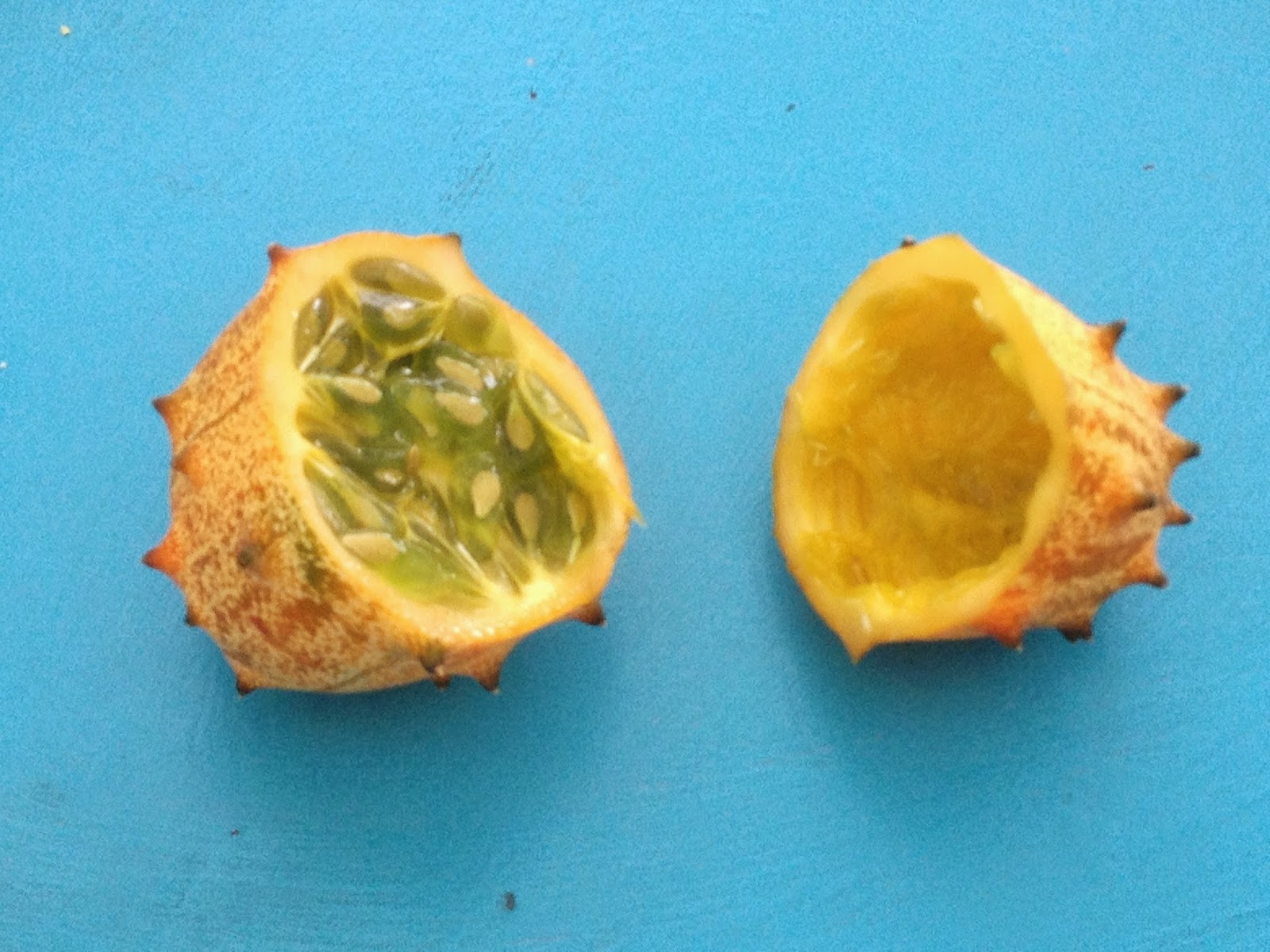I have promised you a chance to follow me on my journey here
in New Zealand through weekly updates on this blog. But sometimes I become so
enthusiastic about a subject that it just doesn't fit into the weekly format.
The feature posts give me a chance to tell delve on such subjects without
making it a necessary read for those who just want to follow my progress here.
Today, I'd like to tell you about the Auckland Art
Gallery. It's located right next to my hostel in the beautiful Albert Park.
Entrance is free, but you pay to view special exhibitions. Currently they are
presenting the special exhibition "Light Show", which was previously
exposed in the Hayward Gallery, London. You are not allowed to take photos
inside the exhibition so only the first two images of this post are my own.
LEGO skyline
As you walk up to the museum, you start to notice that the
white skyline behind the glass facade is not a silhouette picture printed on
the glass. It is in fact real LEGO buildings of impressive stature. As a Dane I
felt good that Danish LEGO bricks were used for art so far from home. Up close
I was even more impressed. A favorite artist of mine, Olafur Eliasson, had
designed the piece by simply giving the visitors the freedom to whatever they
wanted with a massive amount of white LEGO bricks. The endless possibilities
just happened to turn into a skyline, which up close had all the marvelous
details that a creative mind can make. The piece was extremely popular visitors
were constantly building new and ever more impressive projects.
LEGO Skyline from outside
Lots of families building their contribution
Light Show
The special exhibition starts off slow on the ground floor.
The first piece is best described as a dangling, but static star made of curved
light tubes. I liked how the lines suggested movement, but don't think the use
of light was essential to the sculpture. In the room was also two minor works
of different artists, but neither of them impressed. Walking onwards you are
led past a luminous staircase suggesting heavenly ascent into a room with a massive
installation. Three large columns made of an small, old, yellowish light tubes
stood majestically in the middle of the large otherwise completely dark room.
The warmth from the light tubes slowly fluctuated as the strength of the light
slowly shifted. The three pillars had different frequencies, but all of them
slow enough to suggest the slow breathing of a massive otherworldly being. The
room is large enough for you to walk around the sculpture on all sides, but I
was immediately drawn to the center. Standing there I could feel the pulsing
heat and light from all three of the columns. When the moment arrived where all
three were dark at the same time, I momentarily felt a chill from the absence
of the being, which was shielding me in warm light.

The Auckland version of this sculpture has three identical columns
The Second floor
On the second floor the exhibition continued
with an impressive opening piece. Cylinder II is much wider than the pillars on
the floor below and it is made entirely of modern LED lights on thin iron bars.
Two rings of bars surround the inner column and each bar hosts countless small LED
lights. Software controls the thousands of lights with a combination of randomness
and inspiration from nature. The show it produces is what makes the work
special. It alternates between a wide range of expressions from organic shapes
resembling burning fire to falling lights that could resemble meteor showers.
When it goes dark it builds expectation and when it sparkles light everywhere
it makes you feel light headed with relief. The ability of the software to
control the lights and create such emotions is what made it my favorite piece
of the exhibition.
Cylinder II resembles a centralized being at this moment
The next rooms had some mediocre pieces, but I was delighted
when I found the contribution of Olafur Eliasson, "A Timeless
Garden". It utilizes strobe light to seemingly freeze time in a room
filled with small fountains. To experience it properly you have to view each
fountain individually and let your eyes capture the pictures of water frozen in
mid-air often in spectacular shapes. The illusion of water frozen in time is so
strong that the scene becomes pristine and unlike any garden fountain.
These are a few of the fountains in "a timeless garden"
Before leaving I stood in line to watch a piece by James
Turell only to discover that I had seen it before. It is in one of the
"nine rooms" of Aros, the contemporary art gallery of my home town
and it still failed to impress me. The guide tried to help us visitors perceive
the depth of the red lighted room. It tricks your eyes by constructing a wall
using only light. In fact people do sometimes see the installation and believe
it to be a completely flat painting. You can put your hand in there to dispel
that illusion, but you can't touch the second "wall", so most people
just assume it is there.
Leo Villareal with people wondering what they are looking at
Much more to see
The rest of the museum offers much more art
for the interested. After a short break I continued to see some drawings by
Goya and a permanent contemporary art exhibition. But I was already filled up
with impressions, so I didn't get as much from those. Aside from that there are
exhibitions on classic sculptures, native art and international 20th century
art.









































